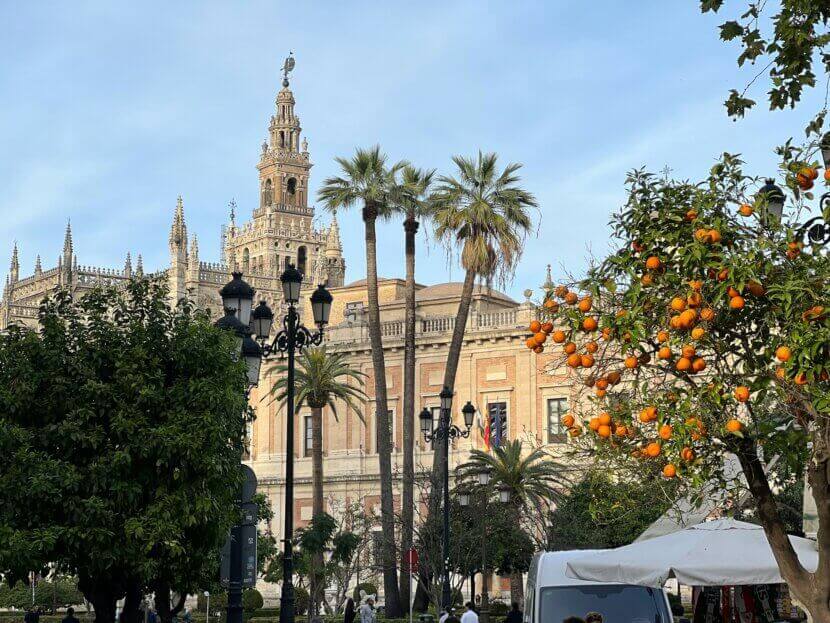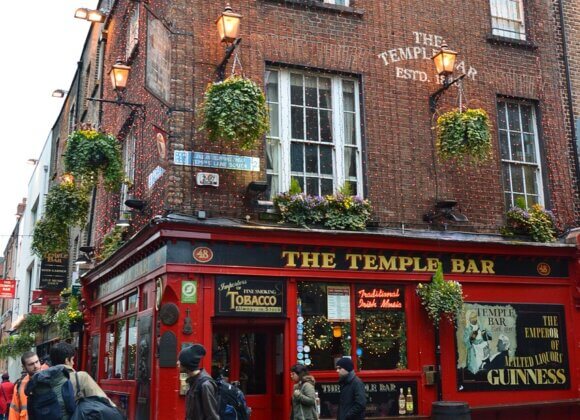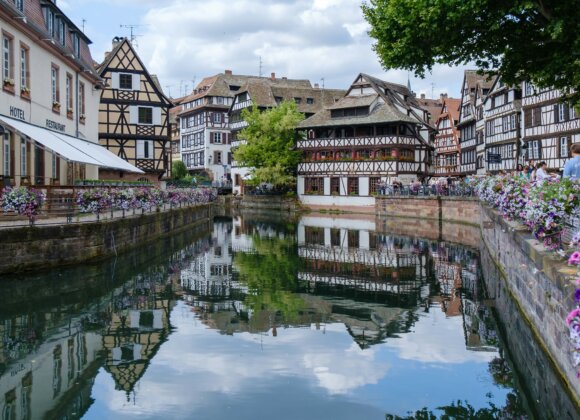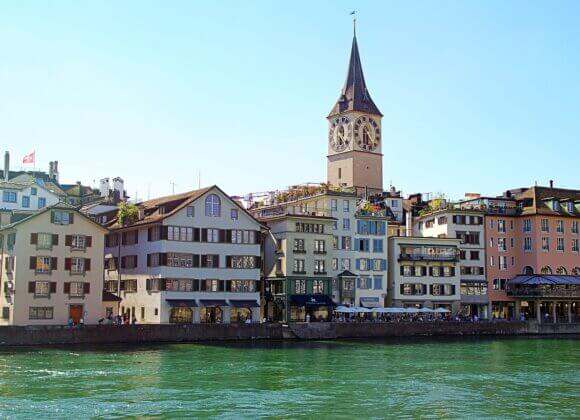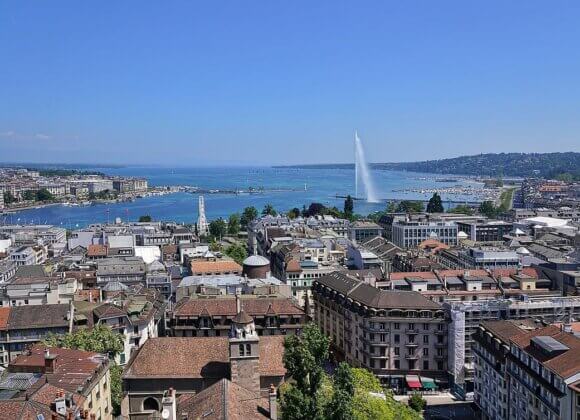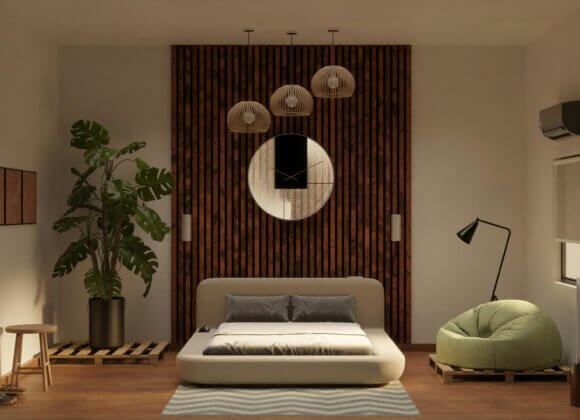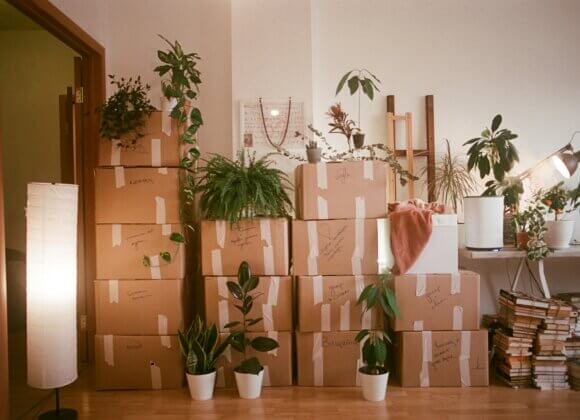The capital of Andalusia is a sensual synthesis of the arts: sun, sandstone, azulejos and the scent of orange blossom. Seville is considered one of the most beautiful cities in Spain – and a prime example of how history and modernity can be interwoven architecturally, culturally and emotionally.
While metropolises such as Zurich embody precision and clarity, Seville exudes poetry, sound and ornamentation. Here, where Moors, Romans and Christians once left their mark, you will encounter architectural history at every turn – and at the same time a vibrant city that is hard to beat in terms of urban dynamism.
Architecture and structural engineering development
Seville is a living textbook of European architecture. The city was founded in the second century BC as a Roman Hispalis and later became one of the most important centers of the Caliphate of Córdoba. The typical Moorish style elements date from this period: delicate arches, interlaced courtyards, glazed brickwork.
The Gothic cathedrals of the 15th century, the Baroque palaces of the 17th century and the Andalusian pavilion architecture of the 1929 Ibero-American Exhibition still characterize the cityscape today. In the last two decades, impressive examples of modern architecture have been added – such as the Metropol Parasol, also known as “Las Setas”: a 150 meter long, 26 meter high wooden construction by German architect Jürgen Mayer H., opened in 2011, today a landmark of the new Seville.
The city has invested heavily in urban development in recent years: new residential areas along the Guadalquivir, renovations to the old town (a UNESCO World Heritage Site since 1987) and sustainable transportation solutions. Seville is now one of the most bicycle-friendly cities in Spain, with over 180 kilometers of cycle paths.
Living style of the Sevillanos
Living in Seville is an expression of the Mediterranean art of living. The typical houses have inner courtyards (patios), which serve as cool retreats in the summer heat. In the old town, many people live in charming townhouses with high ceilings, stucco, wrought-iron balconies and hand-painted tiles.
In more modern districts such as Nervión or Los Remedios, you will find a young, design-conscious clientele that combines clean lines with natural materials: bright lime walls, terracotta floors, olive wood, linen or raffia fabrics. Sustainability is increasingly coming into focus: solar panels, green roofs and natural ventilation are part of the new Andalusian building philosophy.
The 3 most architecturally beautiful buildings in Seville
1st Seville Cathedral & Giralda
With an area of 11,520 square meters, it is the largest Gothic church in the world. Its bell tower, the Giralda, was once the minaret of a mosque – 104 meters high and still the symbol of the city today.
2nd Plaza de España
Built in 1929 for the Ibero-American Exposition, the semicircular square measures 170 meters in diameter, covers an area of 58,000 m² and features 52 colorful provincial tiles.
3rd Metropol Parasol (“Las Setas”)
The largest wooden structure in the world: 3,500 cubic meters of Finnish pine wood, with a state-of-the-art PU coating to protect against sun and wind. On the roof: a walkway with panoramic views over the old town.


The 3 most beautiful flea markets in Seville
1st El Jueves – the oldest market in Seville
It has been held every Thursday in Calle Feria since the 13th century. Antique silver, old books, ceramics, furniture, art – a paradise for collectors.
2nd Charco de la Pava
On the western bank of the Guadalquivir, Sundays. Huge, chaotic, authentic – from old guitars and porcelain to vintage fashion.
3. mercado de Triana
Housed in an old market hall, it combines food stalls with design and second-hand corners – ideal for strolling between tapas and bric-a-brac.
Cuisine & indulgence in Seville
A visit to the city is only half as enjoyable without the typical moments when you are simply out and about with your senses: smells, colors, tastes, crafts. For shopping, we recommend a stroll through the pedestrian streets such as Calle Sierpes or Calle Tetuán with boutique stores, fashion, crafts; or a visit to the Triana district, known for its ceramics and local manufactories. There is everything from classic tapas bars to gourmet restaurants. However, Seville eats differently: both lunch and dinner are often eaten later, the latter usually only after 9 pm. We have picked out three restaurant tips for you:
1st Abantal – haute cuisine with a star
The only Michelin restaurant in Seville: chef Julio Fernández Quintero interprets Andalusian cuisine in an avant-garde way.
Click here for the website
2nd Eslava (San Lorenzo)
Legendary tapas bar, winner of several awards, famous for its caramelized pork cheeks with honey and rosemary.
Click here for the website
3rd La Azotea
Modern concept, four locations in the city – regional ingredients, elegant presentation, excellent wine list.
Click here for the website
All in all, Seville is a city with many faces: it does not rest in its past, but is constantly reinventing itself. For those with an interest in architecture, pleasure, travel and lifestyle, it offers a rich palette: from patio apartments to modern hotspots, from tapas bars to boutique stores, from Moorish splendor to urban modernity.
Related posts:
Travel series, part 6: On the road in … Strasbourg


